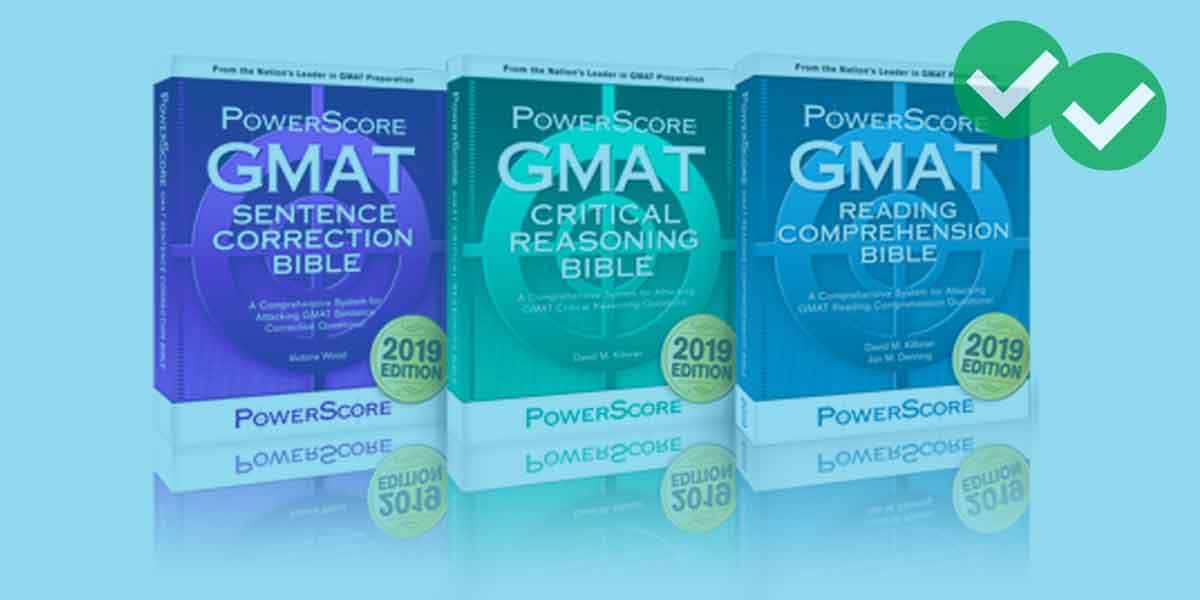
More Than One Way
Often the strongest ways to attack an argument is to undermine one of its pivotal assumptions: that’s something I discussed in this post:
Arguments and Assumptions on-the GMAT.
Other ways of attacking an argument include:
a) questioning the evidence cited, and/or questioning the starting point
b) showing argument leads to an illogical or absurd further conclusion
Bad Evidence
In general, evidence is a good thing. After all, good evidence is the basis of all authority in the natural & social sciences. BUT, not all evidence is created equal. Any scientist knows that while good evidence is worth its weight in gold, poor evidence—evidence that was not gathered by reliable means—is virtually worthless.
In an argument, evidence cited might be a study, but it also might be a particular authority figure or a generally held belief. It’s hard to call a scientifically validated study into question, but many other kinds of starting points for arguments are not so solid.
For example, if my argument begins, “Professor Snodbuttons says that all stocks between $50 and $100 per share will increase by at least 20% between now and next January. Therefore, etc.,” then one way to call the entire argument into question would be to question Prof. Snodbuttons’ credibility, or to point out that recently he was wrong on similar predictions.
If an argument begins with a general belief (“All professional athletes make a lot of money. Therefore, etc.”), then it would weaken the argument to cite evidence to the contrary (e.g. “professional bowlers do not make a great deal of money.”)
A more subtle variant of these is: to affirm the evidence cited, but show that it is entirely independent of the argument. For example, consider this argument:
The vigorous stretching and environment of serenity created in a yoga class must have a positive effect on the heart. Recent surveys have shown that long-term yoga practitioners have a lower incidence of heart disease than does the general population.
That argument wants to draw the conclusion: yoga is good for the heart. It cites what seems as reasonably solid evidence: a study showing a negative correlation between yoga and heart disease. It would be hard to attack the strength of the evidence as such, but consider this objection:
According to that same study, the vast majority of yoga participants are women, who suffer from heart disease at a much lower rate than men.
That’s a brilliant objection. It doesn’t question the validity of the study at all. Sure, yoga participants have lower rates of heart disease. It just makes the study irrelevant to the conclusion: yoga participants have lower rates of heart disease, not because of the yoga, but because they are mostly women. If the argument cites a piece of evidence, making that evidence irrelevant is a powerful objection.
Look Where It Goes!
Instead of focusing on the starting point, an attack on the argument can follow where the conclusion leads. This can be a powerful way of attacking an argument without even getting into the specifics of the argument.
If the original conclusion of the argument implies further conclusions, some of which are unreasonable, illogical, or absurd, then this result simply shows something is wrong with the original conclusion. It doesn’t matter how the argument arrived at that original conclusion—if it is implies something faulty, it’s a faulty conclusion.
Flexibility
In the Art of War, Sun-Tzu said: “Therefore, just as water retains no constant shape, so in warfare there are no constant conditions…He who can modify his tactics in relation to his opponent, and thereby succeed in winning, may be called a heaven-born captain.” While we at Magoosh do not advocate open warfare :), Sun Tzu’s words have often found resonance in the business world, especially the financial market. Here, they are quite pertinent to GMAT preparation.
In GMAT Critical Reasoning, when you are asked to weaken an argument, be flexible. Keep in mind, there is more than one way to do this. While undermining the assumption is usually the strongest attack, keep in mind the others we have discussed here. If you can apply them all equal well in weakening arguments, perhaps we could call you “heaven-born” master of Critical Reasoning.
Here’s a practice CR question about element #70 on the Period Table:
Click to answer the question and view explanaiton
Here is a list of Critical Reasoning Resources:
* Strengthen the Argument
* Assumption Questions
* Find The Conclusion or Inference
* Boldface Structure Questions
* Dialogue Structure Questions
* Paradox Questions
* Evaluate the Conclusion
* Completing the Argument





Leave a Reply